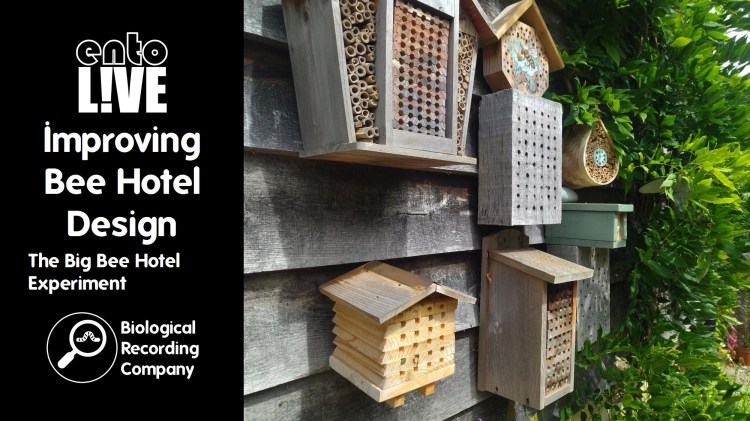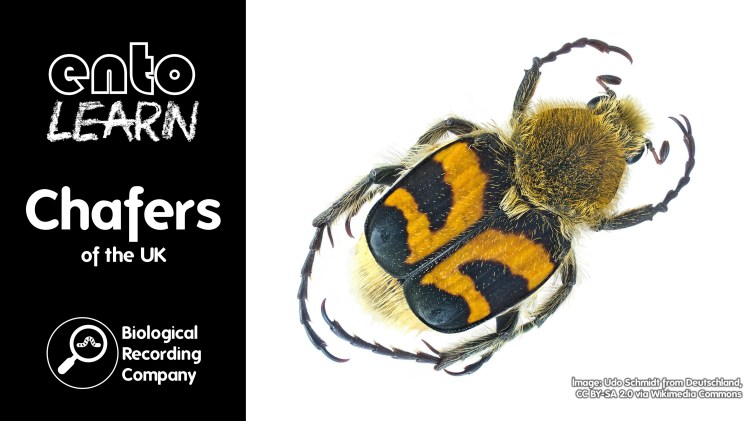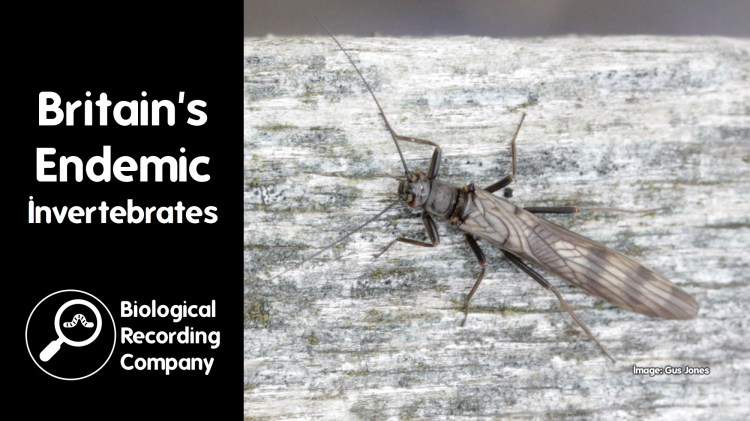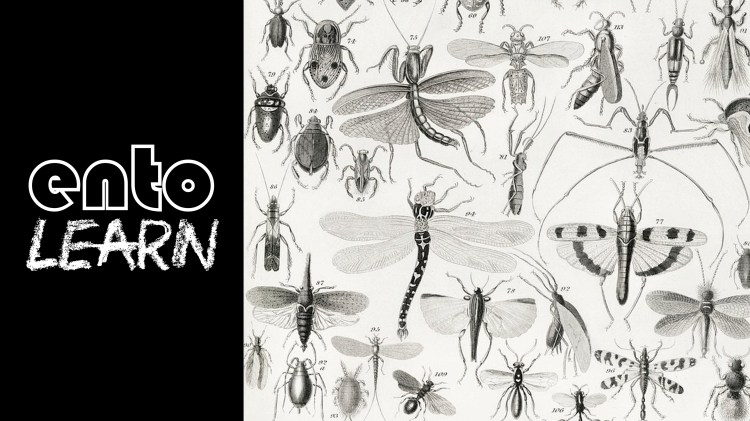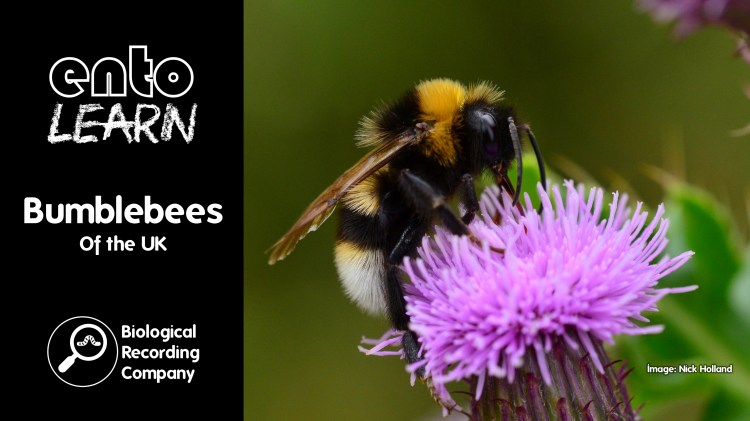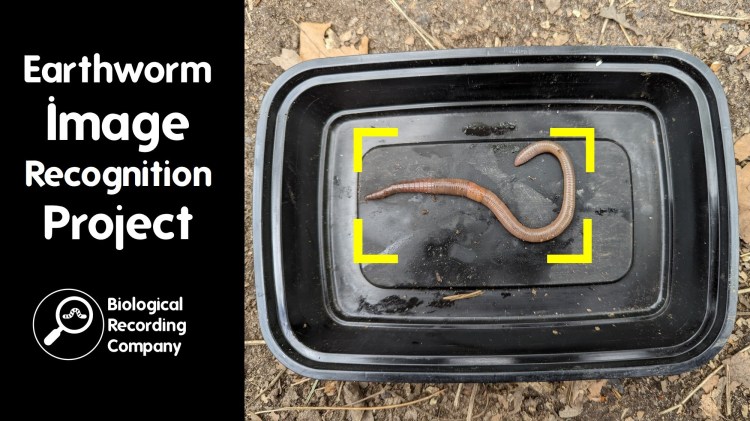Dung beetles are vital to healthy soil systems where livestock are present. They perform a variety of ecosystem services, and are in turn, a food source for other invertebrates, reptiles, birds and mammals. Research has now shown that only a quarter of all UK dung beetle species remain in a state of ‘least concern’ with the rest considered regionally extinct or threatened. We have already lost species of dung beetles entirely due to extinction in the UK. A previously well-established dung beetle in this area, Onthophagus joannae, was noted to be now regionally rare to regionally extinct. One very small extremely vulnerable population was found to be remaining on the calcareous grassland bank near Berrycroft Hub, inhabiting a very small area of considerably less than half an acre. Hear about how one person’s accidental restoration of a large area of downland due to a personal obsession to conserve one particular species of dung beetle.
Q&A with Sally-Ann Spence
Sally-Ann Spence is a farmer & an entomologist who specialises in dung beetles & pastureland biodiversity. She founded the UK Dung Beetle Mapping Project accumulating species data. Her work with the project has seen her surveying field sites all over the UK including many outlying islands enabling her to study a multitude of grazing systems. This practical experience has been translated into collaborative projects working on sustainable land management plans within the farming community to promote dung beetles as important bio-indicators for soil, pasture & livestock health. As a founding member of Dung Beetles for Farmers, she remains a passionate advocate of British farming & biodiversity.
Where in the UK is your project?
It’s literally on the Berkshire/Oxfordshire county border, in the North Wessex Downs ANOB. The main grassland area is within Oxfordshire & neighbours the Ashdown House National Trust estate near Swindon.
Are dung beetle species specific to the dung of a given animal (for example sheep, rabbits, cows etc.)?
You get both generalists and specialists. Generalists tend to be less threatened as they can make use of a wide range of dung providers. For example, I’ve found Acrossus rufipes on all sorts of dung including Rhinoceros (Cotswold Wildlife Park) and Red Deer on the tide line in shingle on a beach on the Isle of Arran. Specialist invertebrates tend to be more at risk due to their specific needs. You have specialist dung beetles when it comes to dung type. For example the Minotaur Beetle (Typhaeus typhoeus) will only choose dung that is in a pelleted form, such as rabbit, deer and sheep dung – but it wouldn’t make use of the sloppy dung sometimes generated by sheep, only when it is in the pelleted form. Bigger dung beetles are often only associated with bigger animals (such as horses and cattle) just because of the sheer amount of dung that they require.
Do you see Environmental Land Management Schemes (ELMS) helping dung beetle populations?
These schemes encourage farmers to undertake more conservation-based farming, for example including wildflower mixes (as well as encouraging Red Data List species). It is the presence of livestock that will help dung beetles. There is a move away from livestock that is occurring due to a number of factors, including a meat free diet. Regenerative farming is a practice that can involve introducing livestock and grazing onto arable farmland, by using a cover crop over winter instead of bare soil. Cover crops (such as stubble turnips), which is then grazed by livestock. Undisturbed soil is also important for dung beetles. Livestock being kept indoors (such as breeds that struggle with our winters & for logistical reasons/ground conditions) can also be problematic for dung beetles, as we have species that are active all year round. Schemes can be quite rigid and every farm/farmer is different. What is good in one area for one species, may not be so in others.
Are you using any worming treatments (such as ivermectin) and what is the impact on dung beetles?
The impact of ivermectins is massive and goes beyond dung beetles. These chemicals are persistent and do not break down quickly after use within the animal – being transferred into the soil through the dung. Any treatment for parasites is an insecticide. It is possible some species appear to avoid dung that contains the active insecticides within these treatments, whereas others will still feed on the dung. Those beetles that consume contaminated dung will die. Other species will come in a bit later on when the dung being produced is less toxic and experience sub lethal effects -impacts on their navigation, fertility, larval and pupae development. As dung beetles are the catalyst for creating the communities within dung, this has a knock-on effect on the whole dung invertebrate community. Dung that isn’t broken down by dung beetles and the associated invertebrate communities will persist in the field for much longer as decomposition is then reliant on fungi and bacteria. It is a particularly difficult and complex subject as farmers need to control these parasites in order to ensure their animals welfare and that their business is financially viable. We need an alternative treatment that does not persist in the dung and we need to think about practices that enable us to use less of these insecticides. This is something I am passionate about and address in my workshops within the farming community. I have put a lot of work into my own livestock on many levels over the years to try to reduce usage. Despite making huge inroads I do still have to treat some individuals and have a management plan in place for this. Those animals that require treatments are removed from the calcareous grassland area and treated in a quarantine paddock. I am also working with many different projects across the U.K. trying to find alternative solutions and keen people appreciate these chemicals are used in the pet industry as well.
Further info
- The Downland and Dung Beetle project: https://www.berrycrofthub.com/research.html
- Berrycroft Hub website: https://www.berrycrofthub.com/
- Discovering Beetles course from the FSC: https://www.field-studies-council.org/courses-and-experiences/static-courses/discovering-beetles/
- Dung Beetles and Chafers free download from RES: https://www.royensoc.co.uk/shop/publications/out-of-print-handbooks/dung-beetles-chafers-coleoptera-scarabaeoidea/
entoLIVE
entoLIVE webinars feature guest invertebrate researchers delving into their own invertebrate research. All events are free to attend and are suitable for adults of all abilities – a passion for invertebrates is all that’s required!
- Donate to entoLIVE: https://www.gofundme.com/f/entolive-2025
- Upcoming entoLIVE webinars: https://www.eventbrite.com/cc/entolive-webinars-74679
- entoLIVE blog: https://biologicalrecording.co.uk/category/entolive-blog/
- entoLIVE on YouTube: https://youtube.com/playlist?list=PLuEBNUcfMmE95Re19nMKQ3iX8ZFRFgUAg&feature=shared
entoLIVE is only possible due to contributions from our partners and supporters.
- Find out about more about the British Entomological & Natural History Society: https://www.benhs.org.uk/
- Browse the list of identification guides and other publications from the Field Studies Council: https://www.field-studies-council.org/shop/
- Check out environmentjob.co.uk for the latest jobs, volunteering opportunities, courses and events: https://www.environmentjob.co.uk/
- Learn more about the Nurturing Nature project: https://cranbornechase.org.uk/chaseandchalke/nurturing-nature/
- Check out the Royal Entomological Society‘s NEW £15 Associate Membership: https://www.royensoc.co.uk/shop/membership-and-fellowship/associate-member/




